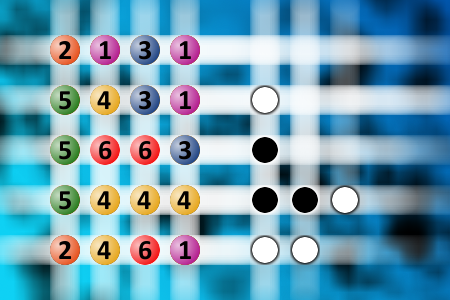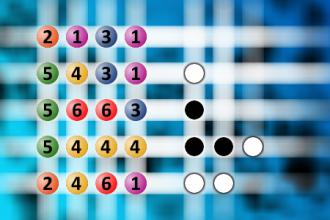Which is a winning combination of digits?
The computer chose a secret code (sequence of 4 digits from 1 to 6). Your goal is to find that code. Black circles indicate the number of hits on the right spot. White circles indicate the number of hits on the wrong spot.Correct answers: 63
The first user who solved this task is Sanja Šabović.
#brainteasers #mastermind

Happy Friday with fresh new jokes
I poured root beer in a square glass.
Now I just have beer.
Now I just have beer.
Why can’t you explain puns to kleptomaniacs?
They always take things literally.
A traveling salesman offered me a deal on a coffin
I told him that's the last thing I need
Yesterday I saw a guy spill all his Scrabble letters on the road.
I asked him, “What’s the word on the street?"
I got my daughter a fridge for her birthday.
I can’t wait to see her face light up when she opens it.
Yesterday, I farted in the Apple Store and everyone got upset at me.
It’s not my fault they don’t have Windows…
San Francisco isn't just funny,
It's hill areas.

